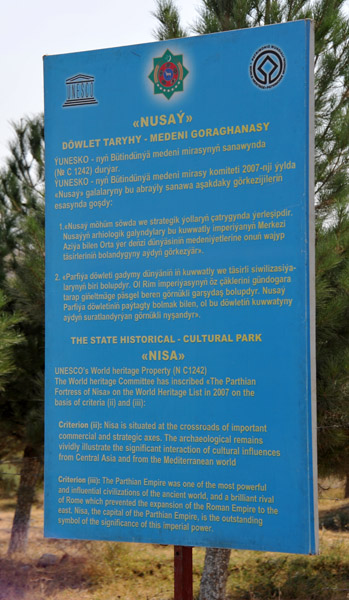
Nisa - UNESCO World Heritage Site |
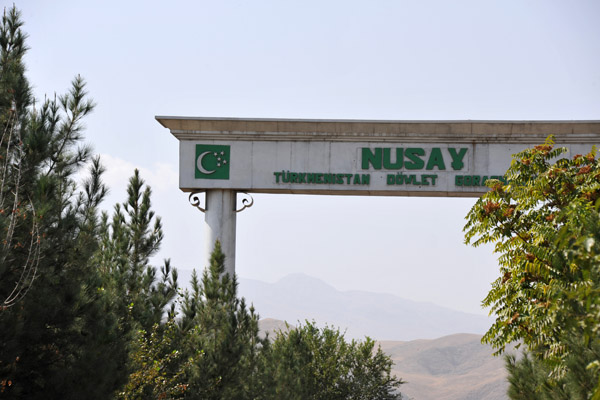
Gateway to the archaeological park of Old Nisa, 18 km from Ashgabat |
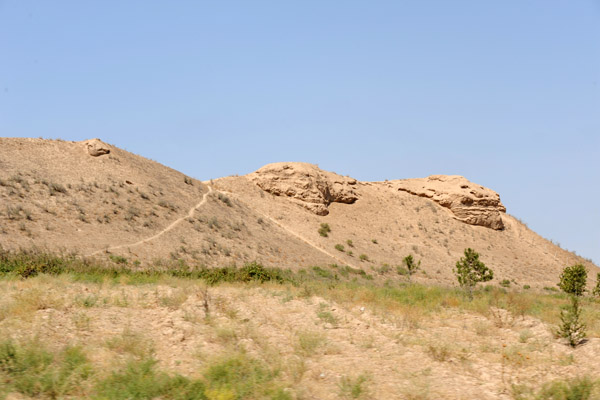
Remains of the once massive mudbrick walls surrounding the fortress of Nisa |
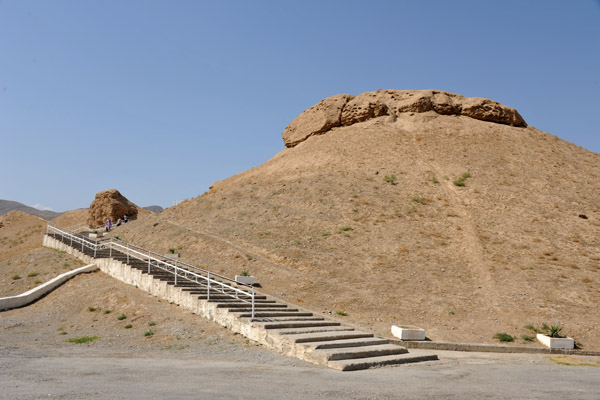
A large mound of dirt, once one of the 43 towers fortifying the walls of Old Nisa |
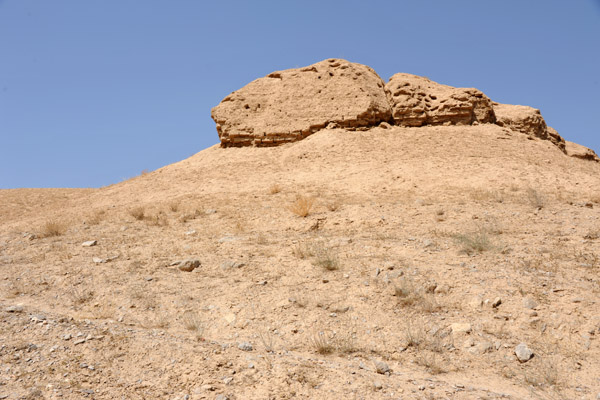
The fortress of Nisa was once capital of the ancient Parthian Empire |
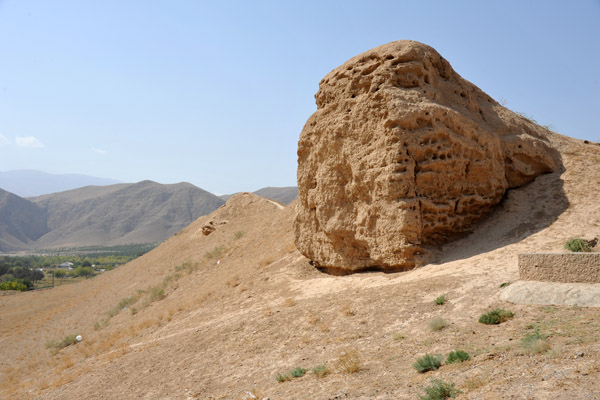
While the area was inhabited much earlier, Nisa was founded in the mid-3rd C. BC by the Parthians |
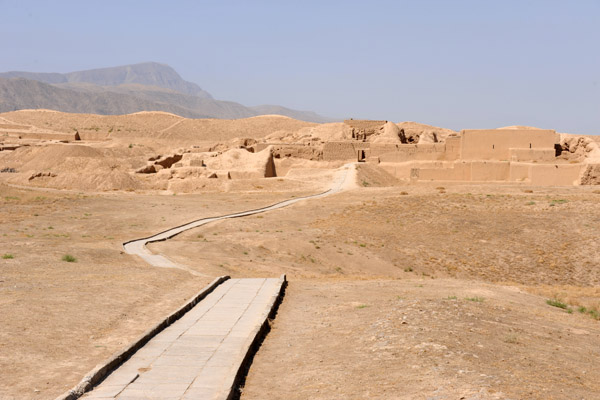
Inside the walls of Old Nisa |
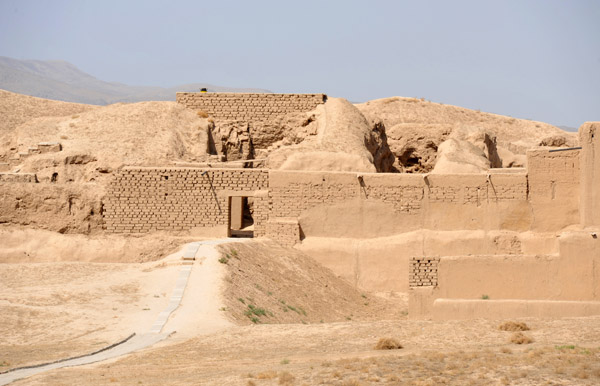
One of the excavated areas inside Old Nisa |
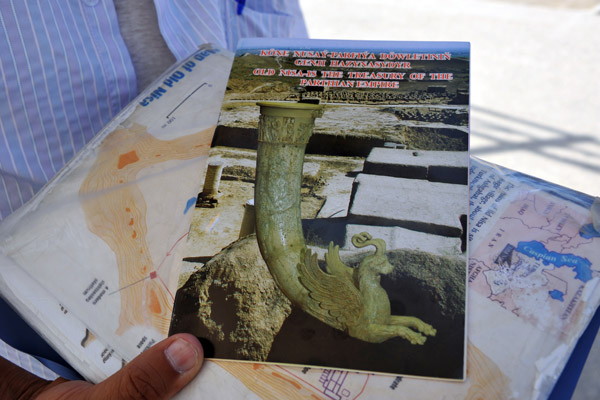
Old Nisa - the treasury of the Parthian Empire |
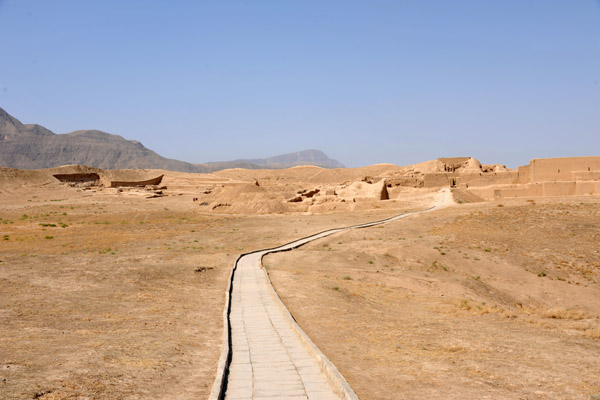
Pathway leading across the center of the archaeological area |

A second area of excavations undertaken by the Italians |
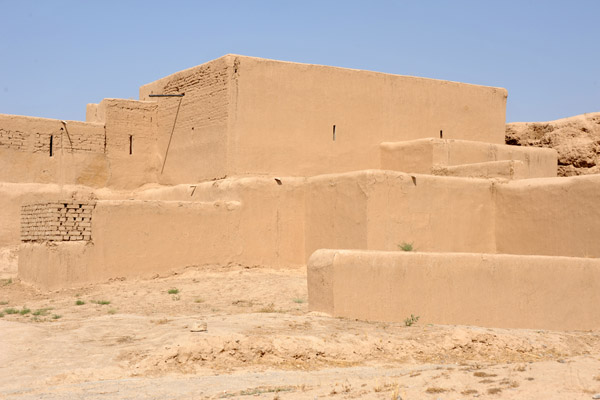
Partial reconstruction of the palace of Nisa |
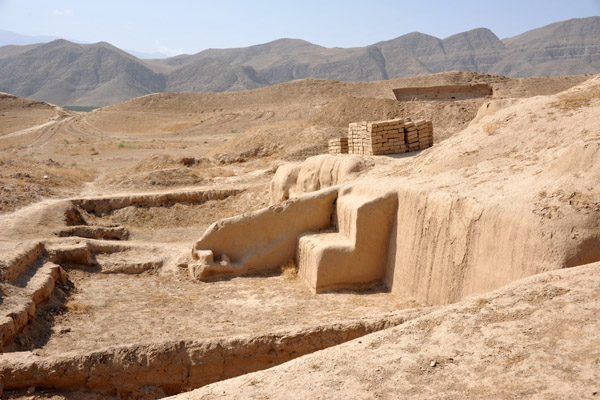
Excavated ruins of Old Nisa |
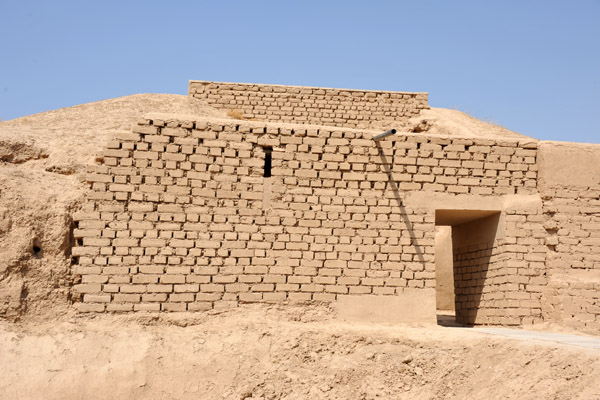
Old Nisa |
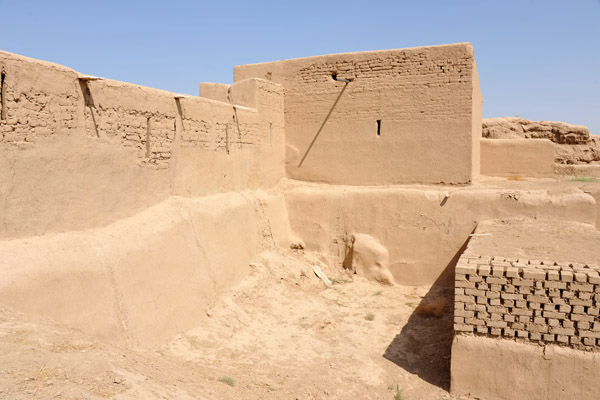
Old Nisa |
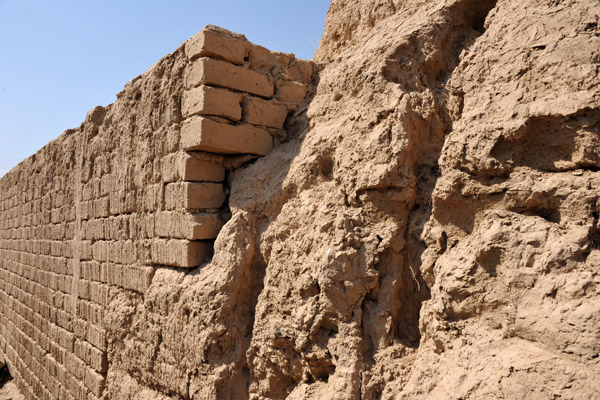
Restored and unrestored sections of wall, Old Nisa |
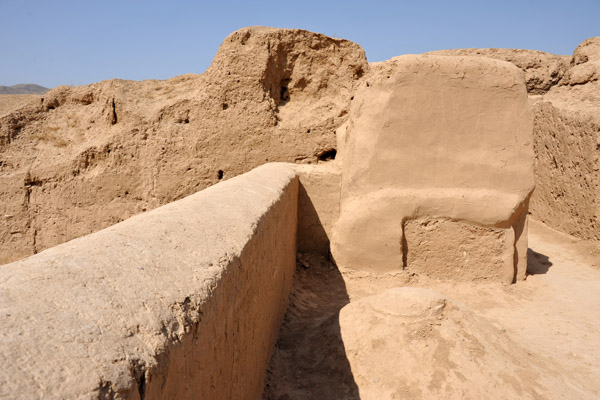
Old Nisa |
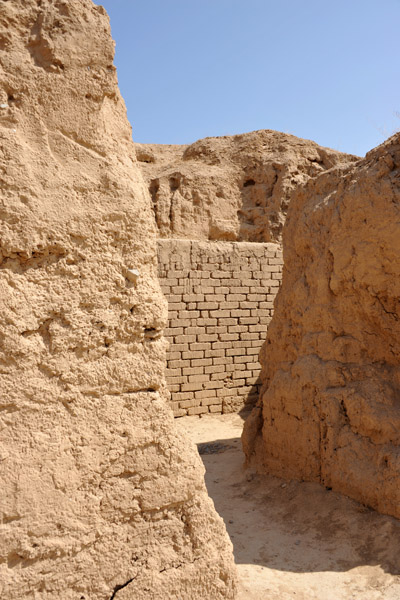
Among the ruins of Nisa |

Excavations at Nissa, Turkmenistan |

Artists impression of the Round Room, thought to have been a Zoroastrian temple |
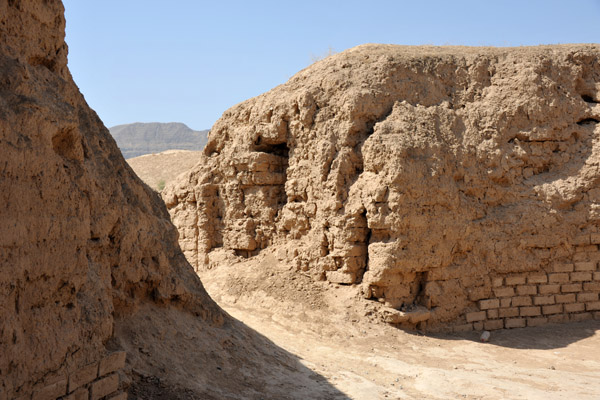
Inside the Round Room, Old Nisa |
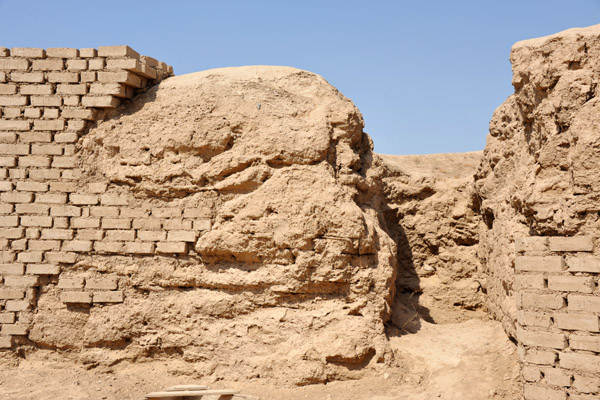
Old Nisa |
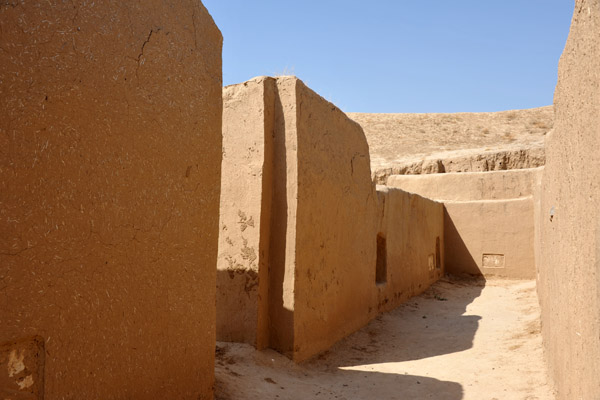
Restored section of Old Nisa |
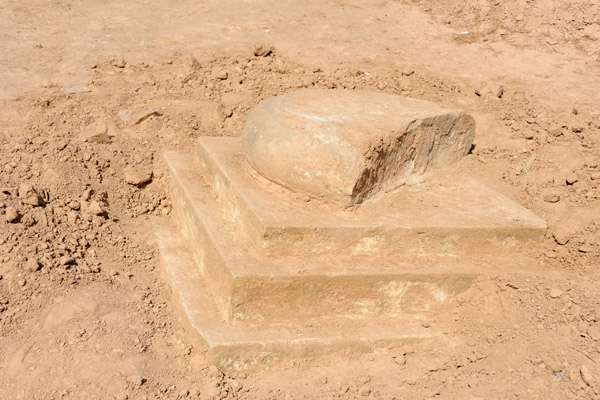
An ancient column base, Old Nisa |
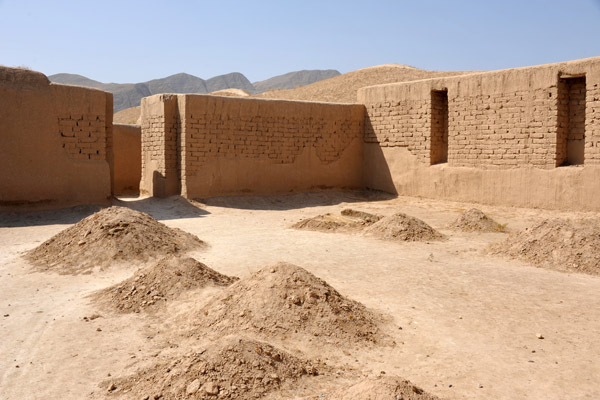
Excavations, Old Nisa |
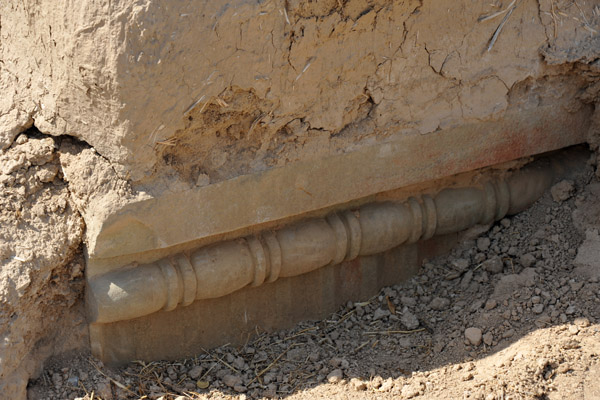
Architectural details, Old Nisa |
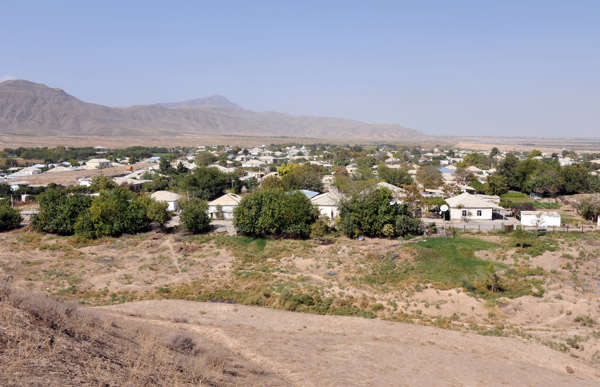
The modern village of Bagir, Turkmenistan |
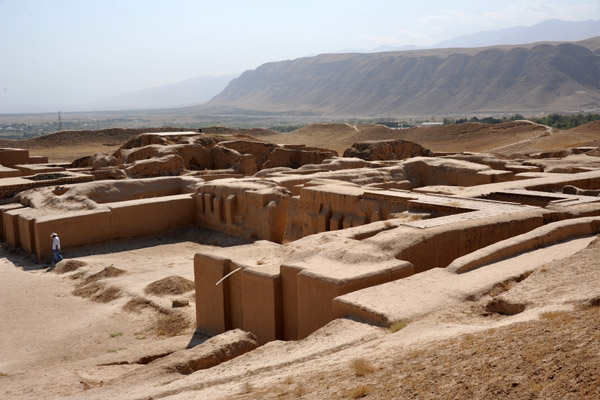
The main archaeological area of Old Nisa |

Panoramic view from the walls of Old Nisa |
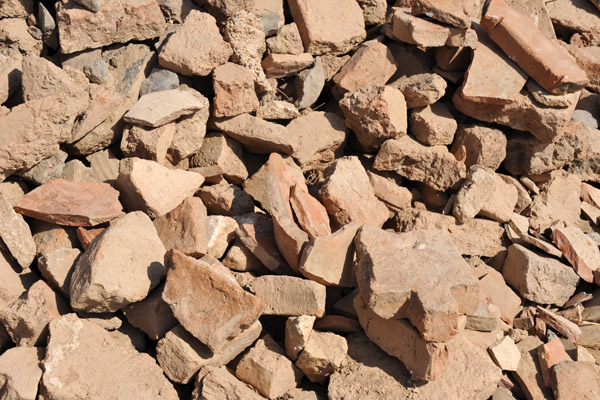
Shards and fragments, Old Nisa |
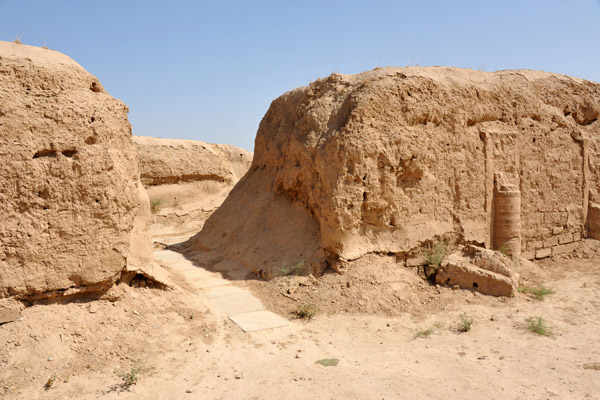
Room with columns, Old Nisa |
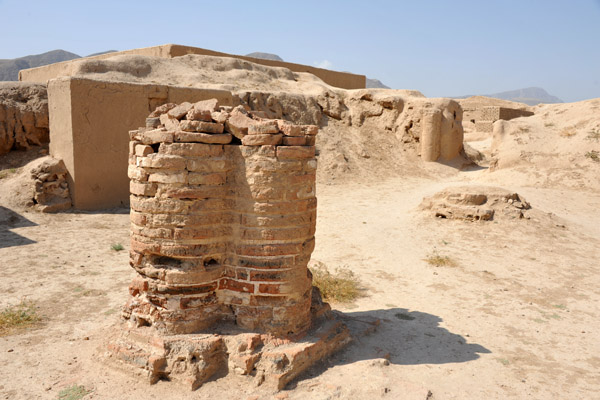
Remains of a massive brick column, Old Nisa |
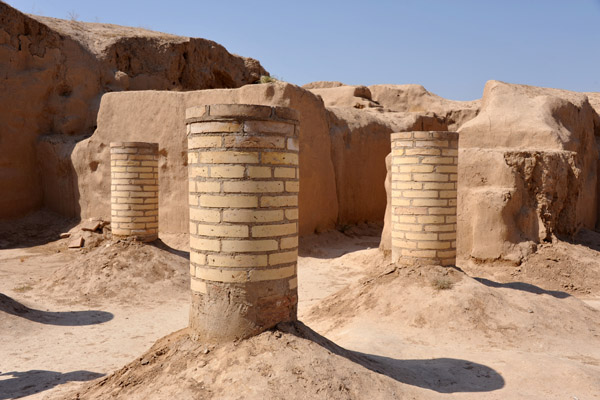
The Parthian Empire collapsed in 224 AD |
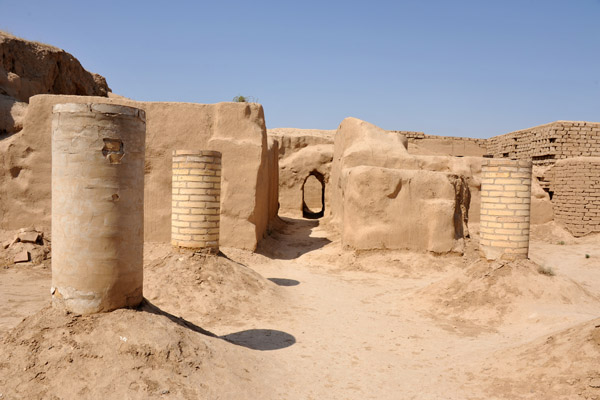
What remained of Old Nisa was destroyed by the Mongols after a 15 day siege in 1220 |
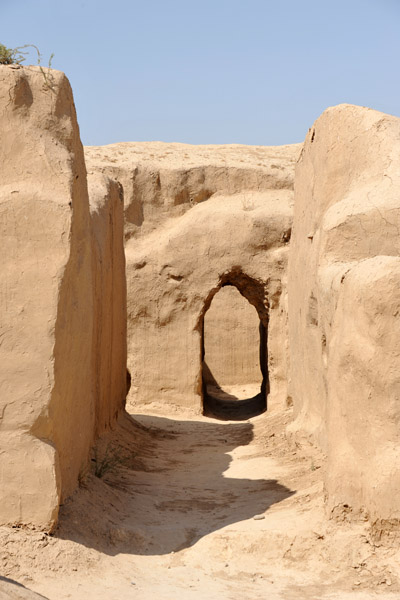
Passageway, Old Nisa |
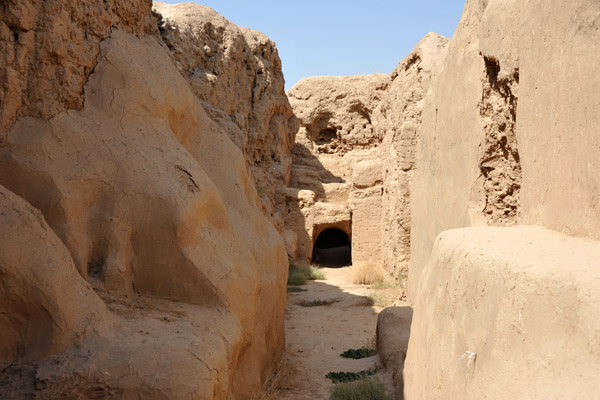
The Parthian Empire prevented further eastward expansion of the Roman Empire beyond Syria |











